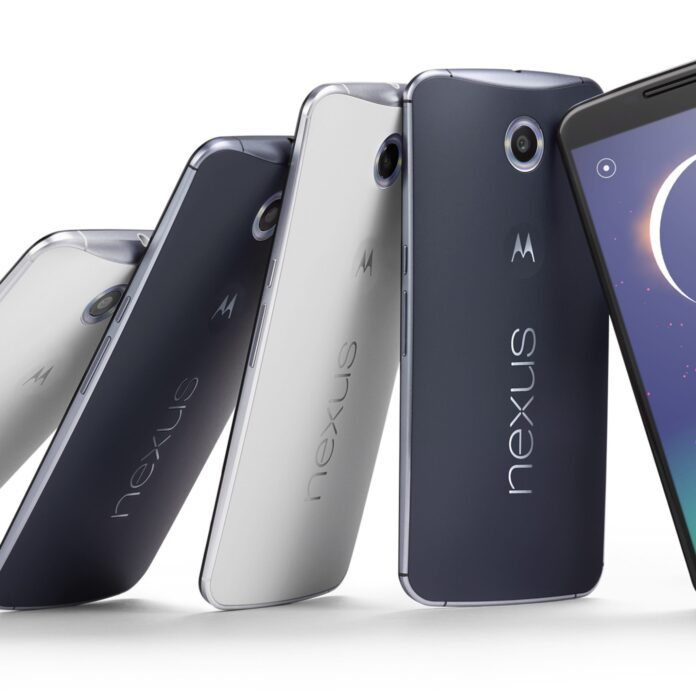Google’s highly anticipated wireless service has generated more interest than it can handle right now. The company is telling would-be customers that they will need to wait up to 30 days just to get an invitation to use Google Fi.
Those who sign up early are not guaranteed the first invitations. Since Google is relying on free, public Wi-Fi hot spots to support its service, applicants who live near clusters of hot spots that Google has vetted are likely to get the fastest responses. The company says there are three criteria that it will use in deciding who gets Fi first: network access in the zip code; whether Google Fi is ready for service in the area; and when the invitation request was submitted.
Google says that by mid-summer it hopes to have responded to everyone who has requested an invitation so far. The company did not say how many requests it has received to date.
Google’s network will combine Wi-Fi hot spots with cellular spectrum that belongs to Sprint and T-Mobile US to create a wireless network that the company says will support both voice and data. Google says that users who start a voice call on Wi-Fi will be able to move away from the Wi-Fi access point and automatically transfer to the cellular network without dropping their call.
Social media checks indicate strong interest in Google Fi from T-Mobile US subscribers, some of whom are attracted to the prospect of using Sprint’s network when they are out of range of T-Mobile US towers.
Sample comments from Reddit:
Subscribe now to get the daily newsletter from RCR Wireless News
“I don’t have any particular complaints about T-Mobile. I’m only leaving them because T-Mobile only works on the T-Mobile network, and Fi works on T-Mobile and Sprint networks.”
“I have great T-Mobile signal near home and work, but drop to 2g or nothing on my commute. Sprint has signal that covers the entire area in at least 3g, but is slower overall than T-Mobile.”
“I’ll also be paying about the same (though I’ll be losing JUMP). But I gain the Sprint network and the ability to SMS from my computer and such.”
The Nexus 6 is the only phone that currently is set to work with Google Fi. A special SIM card supports both T-Mobile US’ and Sprint’s networks. Google says that existing Nexus 6 owners can get a free SIM card if they want to move to Google Fi. Customers who do not already have a Nexus 6 can buy one from Google for $649 or pay $27 per month over a two-year period.
Motorola Mobility, which was owned by Google from 2012 until 2014, developed the Nexus 6 as well as the other major Android smartphones that are supporting “Wi-Fi first” mobile service. Republic Wireless offers voice-over-Wi-Fi on the Moto X and the Moto G. Cablevision recently launched a wireless service called Freewheel that works with Motorola’s Moto G.
Follow me on Twitter.

